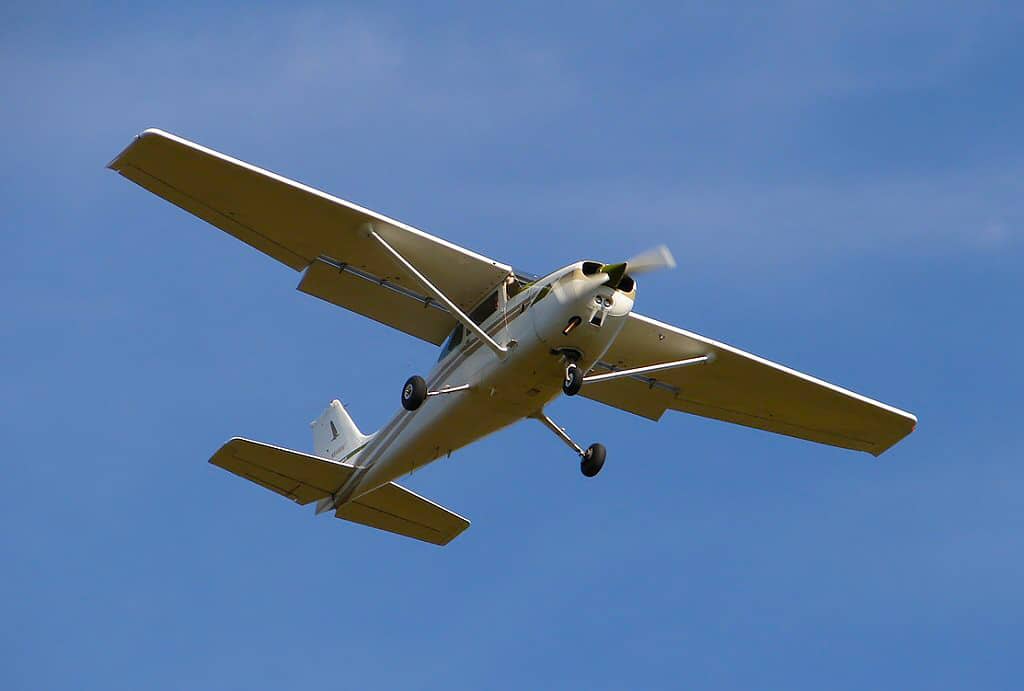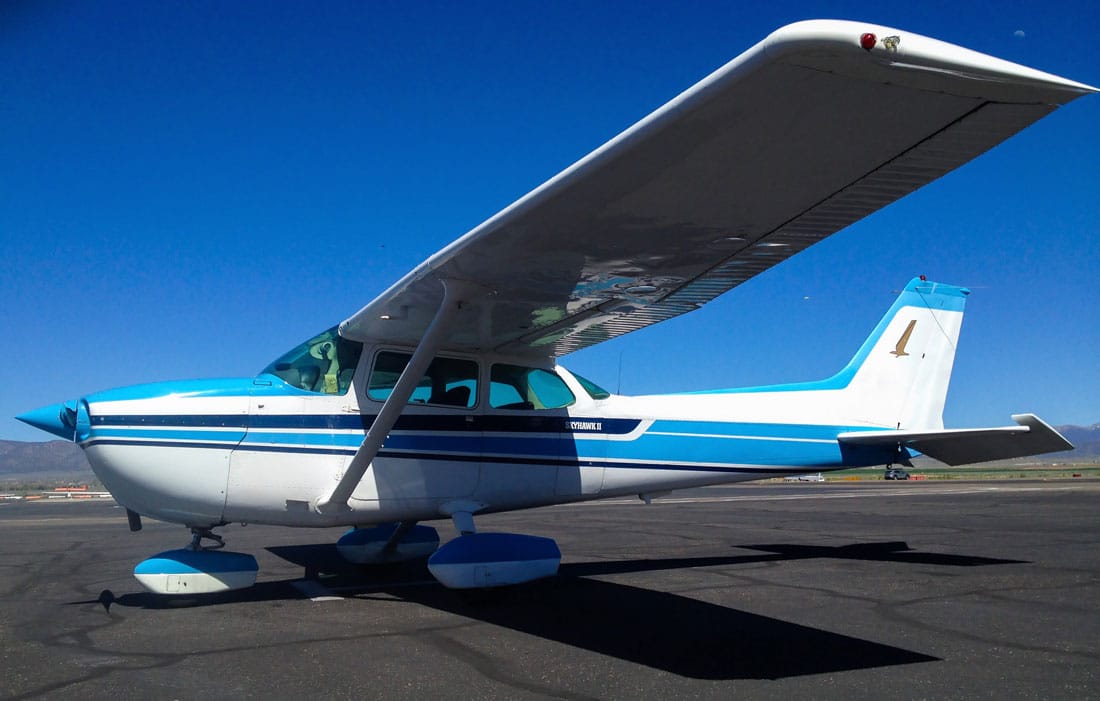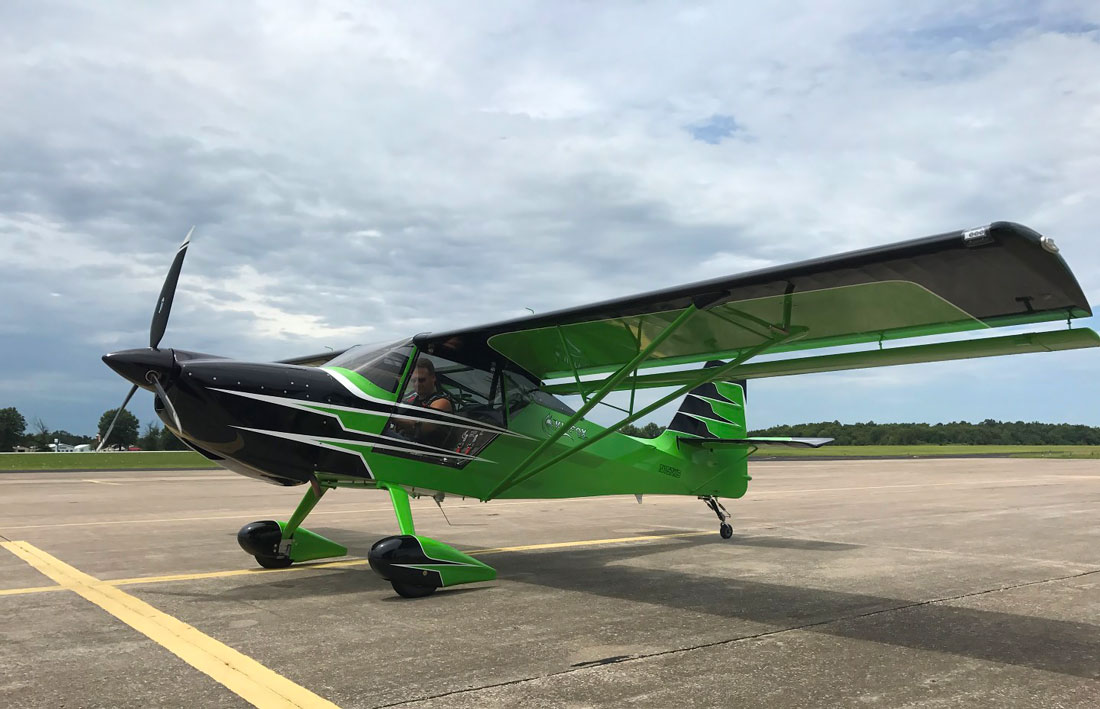The Turkey Drop is part of the Yellville Turkey Trot Festival, celebrating its 70th anniversary this year.
Earlier this month, on the weekend of Friday, October 7th, the annual Yellville Turkey Trot took place. And as part of the celebration, live, wild turkeys were dropped from a Cessna 172 as it flew overhead at 500 feet AGL. This part of the festival is called the ‘Turkey Drop,‘ and especially in recent years, has drawn the ire of many organizations, particularly animal rights groups. And whether or not they agree with the festival, the FAA is saying that the Turkey Drop isn’t breaking any aviation related rules.
According to an article from the Associated Press, FAA spokesperson Lynn Lunsford said that an investigator attended the first of two scheduled drops (one on Friday and one on Saturday), didn’t witness any rule violations, and that dropping objects from airplanes is legal as long as there’s no risk to damaging property or any people on the ground.
However, of the eleven turkeys that were dropped during the event (six on Friday, and five on Saturday), two of the turkeys (one each day) were killed. Lunsford added that the FAA has no jurisdiction over the welfare of the Turkeys.
Additional Details on the Turkey Drop
According to the website Roadside America, though the Turkey Trot has been celebrated every year since 1946 on the second Friday and Saturday of October, the Drop started as a Toss: Initially, the wild turkeys were tossed off the roof of the county courthouse. But then at some point in the 1960s, the Toss was replaced with the Drop.
Reactions to the Turkey Drop
One member of the Yellville community put up a Facebook page for Turkey Trot festival a couple of years ago, which has this message as part of the most recent posting:
“I stared [sic] this page a couple of years ago for our small town community and never thought it would blast off like it did. There was never a “page” for Turkey Trot so I made one. I don’t have any control over “turkey drop” nor associated with it. For those that keep posting about it, it’s time to move on and let those that want to share the fun time they had be brought forward on the page.”
Defenders of the Turkey Drop also say that because wild turkeys can fly, the event is not being cruel to the animals, and the turkeys are able to safely glide back to the ground. The two deaths during the most recent drop event would seem to counter that claim. And while it is true that they can fly, the AP also points out that “they normally fly between treetops at a height of less than 100 feet.”
Speaking to the Arkansas Democrat-Gazette, poultry science professor Yvonne Vizzier Thaxton said that regardless of whether or not wild turkeys can fly, “Placing turkeys in an environment that is new to them is stressful. In the case of an airplane, the noise would also be a stress-producing fear reaction. Dropping one from 500 feet is a horrific act of abuse.”
#VIDEO: Four turkeys thrown out of airplane during #TurkeyTrot in #Yellville, Arkansas. Town has mixed reviews about the tradition. #ARnews pic.twitter.com/WdT2obF6LZ
— Mitchell McCoy (@MitchellMcCoy) October 8, 2016
Animal right group PETA agrees, with Senior Director of Cruelty Casework Stephanie Bell saying, “If the Federal Aviation Administration agent thinks that a human being has to be hurt or someone’s property has to be damaged before the agency can take action, then PETA suggests that the agency needs to think harder: A plane dropped live turkeys out of the sky, causing the death of two frightened birds — who, sadly enough, were indeed someone’s property, and we promise that there will be repercussions.” No further details were provided on what the repercussions might be.
Featured Image: Cessna 172, Cory W. Watts, CC2. Note: This is not an image of the aircraft used and has no association with the above-detailed event.















Leave a Reply